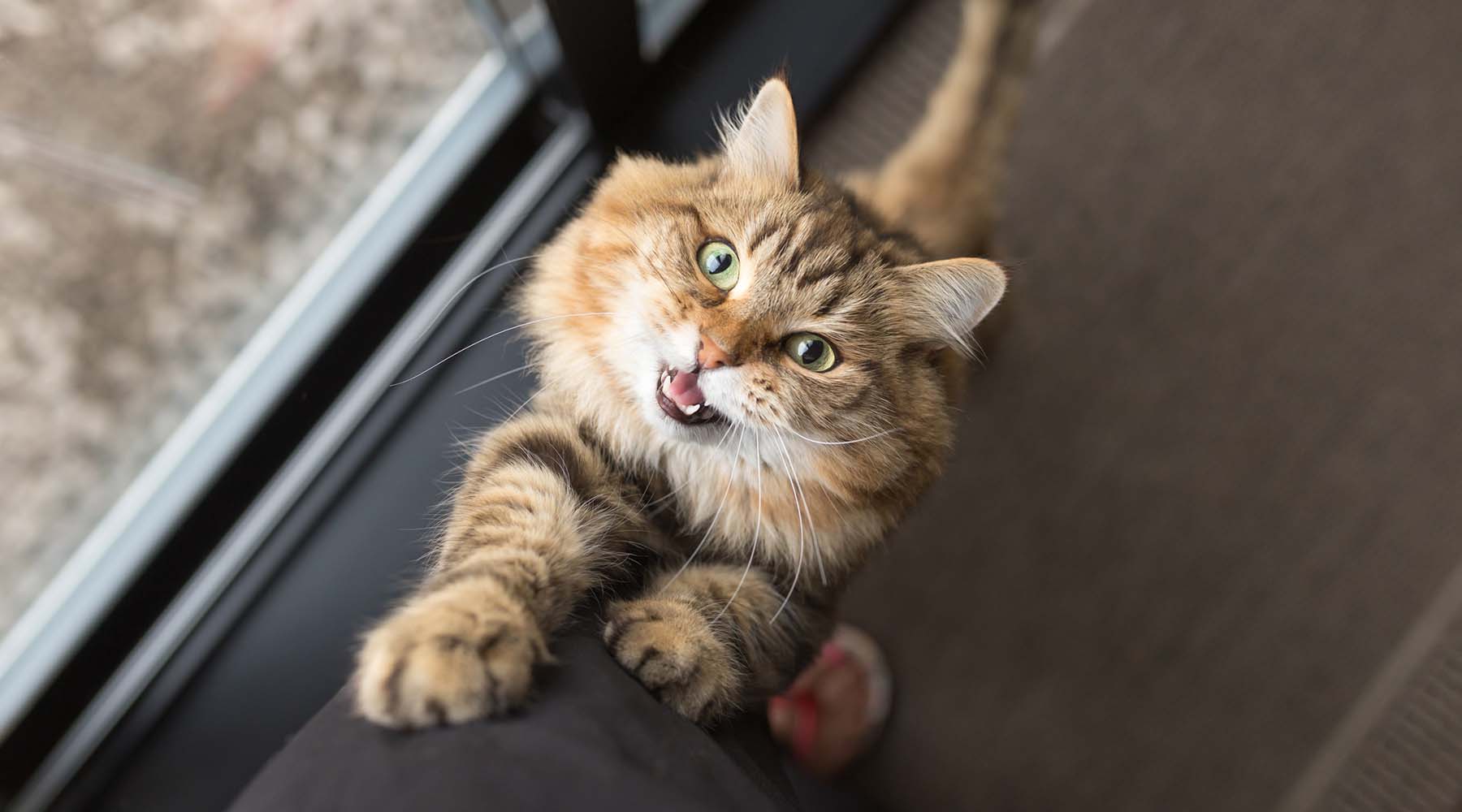

Articles
How To Train Cats To Not Scratch Furniture
Modified: January 5, 2024
Learn effective techniques to train your cats and prevent them from scratching your furniture. Discover tips and strategies to maintain a scratch-free home.
(Many of the links in this article redirect to a specific reviewed product. Your purchase of these products through affiliate links helps to generate commission for Storables.com, at no extra cost. Learn more)
Introduction
Welcome to our comprehensive guide on how to train cats to not scratch furniture. If you are a cat parent, you know how frustrating it can be to come home to shredded couches and scratched wooden tables. While scratching is a natural behavior for cats, it can be redirected and minimized with proper training.
In this article, we will explore different techniques and strategies to understand the root cause of furniture scratching and provide appropriate alternatives for your furry friend. With the right combination of deterrents, positive reinforcement, and consistent training, you can achieve a harmonious coexistence between your cats and your furniture.
So, let’s delve into the world of cat training and discover how you can create a scratch-free environment for both your feline companion and your beloved furniture.
Key Takeaways:
- Provide attractive scratching alternatives like posts and boards to redirect your cat’s behavior away from furniture. Use catnip and strategic placement to make the alternatives more appealing.
- Use deterrents like double-sided tape and aluminum foil to discourage furniture scratching. Combine with positive reinforcement techniques for effective and humane training.
Read more: How To Prevent Cat Scratching Furniture
Understanding the Root Cause of Furniture Scratching
Before we delve into the training techniques, it’s important to understand why cats scratch furniture in the first place. Scratching is a natural behavior for cats that serves several purposes:
- Marking territory: Cats have scent glands in their paws that leave behind a scent when they scratch. This marks their territory, providing a sense of ownership and security.
- Stretching and exercising: Scratching helps cats stretch their muscles and maintain their physical well-being. It also allows them to exercise their claws.
- Maintaining claw health: Regular scratching helps cats shed the outer layers of their claws, keeping them sharp and in good condition.
Now that we understand the reasons behind their scratching behavior, we can provide appropriate alternatives for cats to fulfill their needs while protecting our furniture.
Providing Appropriate Alternatives
One key aspect of training cats to not scratch furniture is to provide them with suitable alternatives. By offering attractive and appropriate scratching options, you can redirect their behavior away from your prized possessions. Here are some alternatives to consider:
- Scratching posts: Invest in sturdy, tall scratching posts that are covered with materials like sisal rope or cardboard. Place the posts in areas where your cat likes to scratch, such as next to their favorite piece of furniture.
- Scratching boards: These flat boards covered with sisal or carpet can be placed on the floor or mounted on walls. They provide a horizontal option for cats who prefer scratching low surfaces.
- Scratching pads or mats: These can be placed on the floor or hung on doorknobs. They offer a different texture for scratching and can be easily moved around to different locations.
When introducing these alternatives, make them appealing to your cat by rubbing them with catnip or spraying them with a cat attractant. This will help attract your cat’s attention and encourage them to use the appropriate scratching surfaces.
Additionally, it’s important to consider the placement of these alternatives. They should be strategically positioned near the furniture that your cat is inclined to scratch. This will help redirect their behavior to the designated scratching areas.
Remember, consistency is key. Encourage and reward your cat whenever they use the appropriate scratching surfaces. Over time, they will learn that these alternatives are more desirable than your furniture.
Using Deterrents to Discourage Scratching
In addition to providing appropriate scratching alternatives, you can also use deterrents to discourage your cat from scratching furniture. These deterrents work by making the furniture less appealing or creating an unpleasant experience when your cat tries to scratch. Here are some effective deterrent methods to consider:
- Double-sided tape: Cats dislike the sticky texture of double-sided tape. Apply it to the areas of furniture that your cat tends to scratch. The unpleasant sensation will discourage them from continuing the behavior.
- Plastic wrap: Wrapping plastic around the legs of furniture can deter cats from scratching. The smooth surface makes it difficult for them to get a good grip, making the scratching experience less satisfying.
- Aluminum foil: The noise and texture of aluminum foil can be off-putting to cats. Place it on or around the furniture to discourage scratching. Cats generally do not enjoy scratching on crinkly surfaces.
- Bitter sprays: Bitter-tasting sprays can be applied to the furniture to make it unappealing to cats. The unpleasant taste discourages them from scratching the treated areas.
It’s important to note that deterrents should be used as a temporary solution while you train your cat to use appropriate scratching surfaces. Combine the deterrent methods with providing the appropriate alternatives, so your cat develops new habits and preferences.
Be consistent in applying the deterrents and redirecting your cat’s behavior. As your cat becomes accustomed to using the scratching alternatives, you can gradually remove the deterrents.
Remember, positive reinforcement is equally important. Reward your cat when they choose to use the designated scratching surfaces rather than the furniture. This will reinforce the desired behavior and make the alternatives more appealing to them.
Provide alternative scratching surfaces such as scratching posts or pads. Encourage use with catnip or treats. Redirect any scratching on furniture to the designated scratching area.
Positive Reinforcement Training Techniques
Positive reinforcement is an effective and humane approach to training cats to not scratch furniture. By using rewards and encouragement, you can reinforce desired behaviors and motivate your cat to repeat them. Here are some positive reinforcement techniques to incorporate into your training:
- Treats and praise: When you catch your cat using the appropriate scratching surfaces, immediately shower them with praise and offer a tasty treat. This positive association will encourage them to continue using the designated areas.
- Clicker training: Clicker training involves using a clicker device to mark the desired behavior, followed by a reward. Pair the clicking sound with treats or praise each time your cat uses the scratching alternatives. This helps them associate the sound with a positive outcome.
- Playtime and enrichment: Engage your cat in interactive play sessions and provide plenty of toys and enrichment activities. By redirecting energy and providing mental stimulation, your cat will be less inclined to scratch furniture out of boredom or frustration.
Consistency is crucial when using positive reinforcement techniques. Reinforce the behavior every time your cat uses the appropriate scratching surface and refrain from punishing or scolding them when they make a mistake. Positive reinforcement creates a positive and trusting relationship between you and your cat.
It’s important to be patient during the training process. Cats may take time to adjust to the new behaviors and habits. Keep the training sessions short and frequent, and always end on a positive note. Over time, your cat will learn to associate the rewards and praise with using the appropriate scratching surfaces.
Remember that each cat is unique, so it’s essential to adapt the training techniques to suit their individual needs and preferences. Some cats may respond better to treats, while others may be motivated by playtime and affection. Pay attention to your cat’s signals and adjust your training approach accordingly.
Consistency and Patience in Training
Consistency and patience are essential when it comes to successfully training cats to not scratch furniture. Cats are creatures of habit, and it may take time for them to unlearn old behaviors and adapt to new ones. Here are some key points to keep in mind:
- Establish clear rules: Set clear boundaries for your cat from the start. Make it clear which areas are off-limits for scratching and provide them with appropriate alternatives.
- Be consistent: Consistency is key in training. Reinforce the desired behavior every time your cat uses the appropriate scratching surfaces and redirect them when they approach furniture. Consistency helps them understand what is expected of them.
- Redirect and distract: When you catch your cat about to scratch furniture, gently redirect their attention to the appropriate scratching surface. Engage them with toys or playtime to further distract them from the furniture.
- Patience is key: Remember that training takes time. Cats may not immediately adopt new behaviors or preferences. Be patient and understanding as they go through the learning process.
- Monitor and supervise: Keep an eye on your cat’s behavior and supervise them, especially during the initial stages of training. This allows you to redirect them whenever necessary and reinforce the desired behavior.
- Protect furniture temporarily: While training is underway, protect your furniture with covers or furniture protectors. This helps minimize damage and discourages your cat from scratching the furniture further.
Consistency and patience go hand in hand to ensure successful training. Stick to the training routine, remain calm, and avoid punishment or force. These methods can be counterproductive and create fear or anxiety in your cat, hindering the training progress.
Remember to celebrate small victories along the way. Even if your cat only scratches the appropriate surfaces once a day, it’s progress. Acknowledge and reward their efforts, and continue to reinforce the behavior consistently.
With time, patience, and a positive approach, you will be able to train your cat to avoid scratching furniture and redirect their behavior to appropriate alternatives.
Conclusion
Training cats to not scratch furniture is a process that requires understanding, patience, and consistent effort. By providing appropriate alternatives, using deterrents, and incorporating positive reinforcement techniques, you can redirect your cat’s scratching behavior and protect your furniture.
Understanding the reasons behind scratching, such as marking territory and maintaining claw health, allows you to address those needs with suitable scratching posts, boards, or mats. By placing them strategically and making them enticing with catnip or attractants, you encourage your cat to choose these alternatives over your furniture.
In addition to providing alternatives, using deterrents like double-sided tape, plastic wrap, or bitter sprays helps discourage your cat from scratching furniture. Combine these methods with positive reinforcement, such as treats, praise, and clicker training, to reward and reinforce the desired behavior.
Remember, consistency is key throughout the training process. Be patient with your furry friend and stay dedicated to redirecting their behavior. Implement clear rules, supervise their behavior, and protect your furniture temporarily if needed.
With time, your cat will learn to associate the rewards and positive experiences with using the appropriate scratching surfaces. They will understand the boundaries and preferences, reducing the desire to scratch furniture.
By following the techniques outlined in this guide and tailoring them to your cat’s individual needs, you can create a scratch-free environment while maintaining a happy and harmonious relationship with your feline companion.
Frequently Asked Questions about How To Train Cats To Not Scratch Furniture
Was this page helpful?
At Storables.com, we guarantee accurate and reliable information. Our content, validated by Expert Board Contributors, is crafted following stringent Editorial Policies. We're committed to providing you with well-researched, expert-backed insights for all your informational needs.
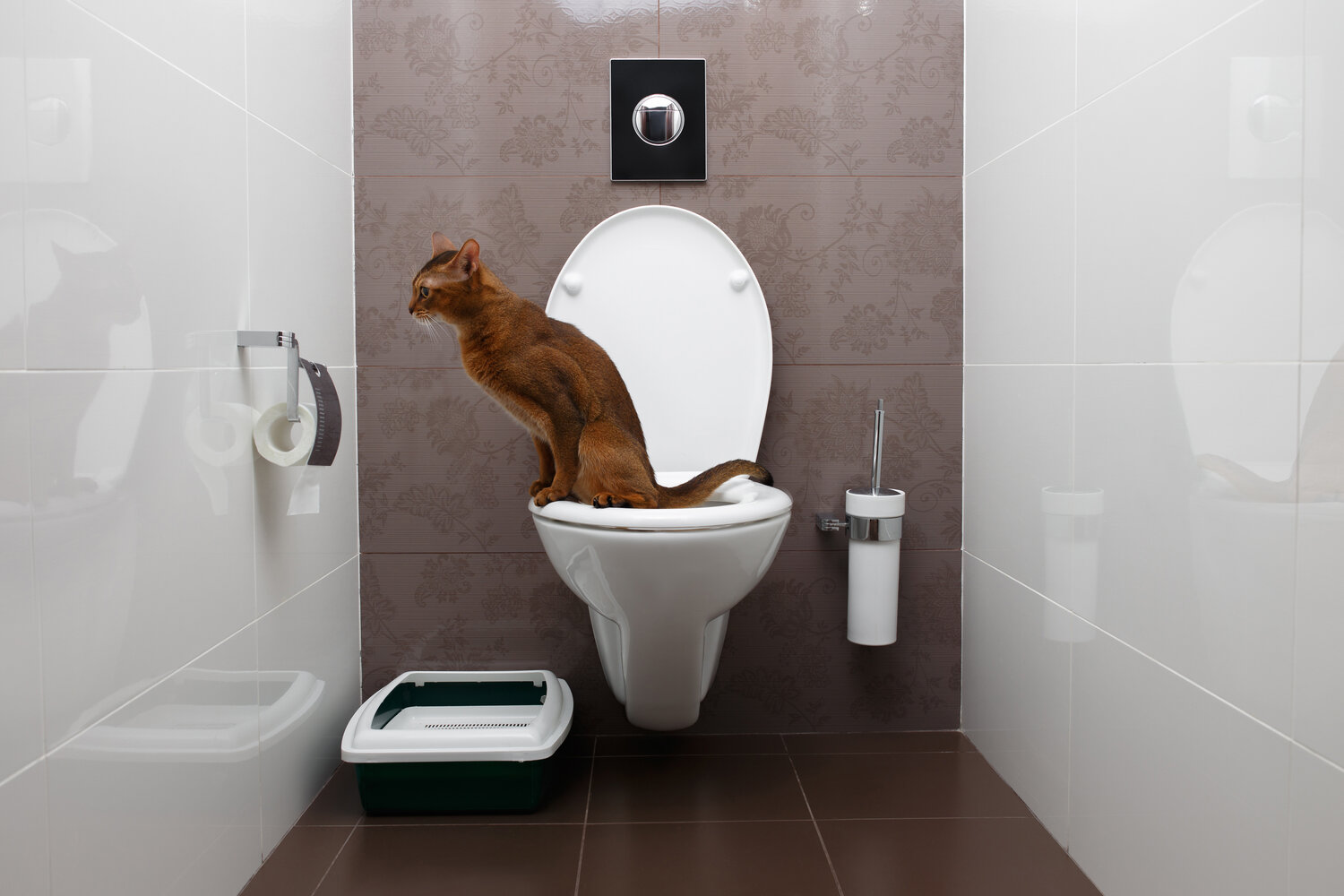

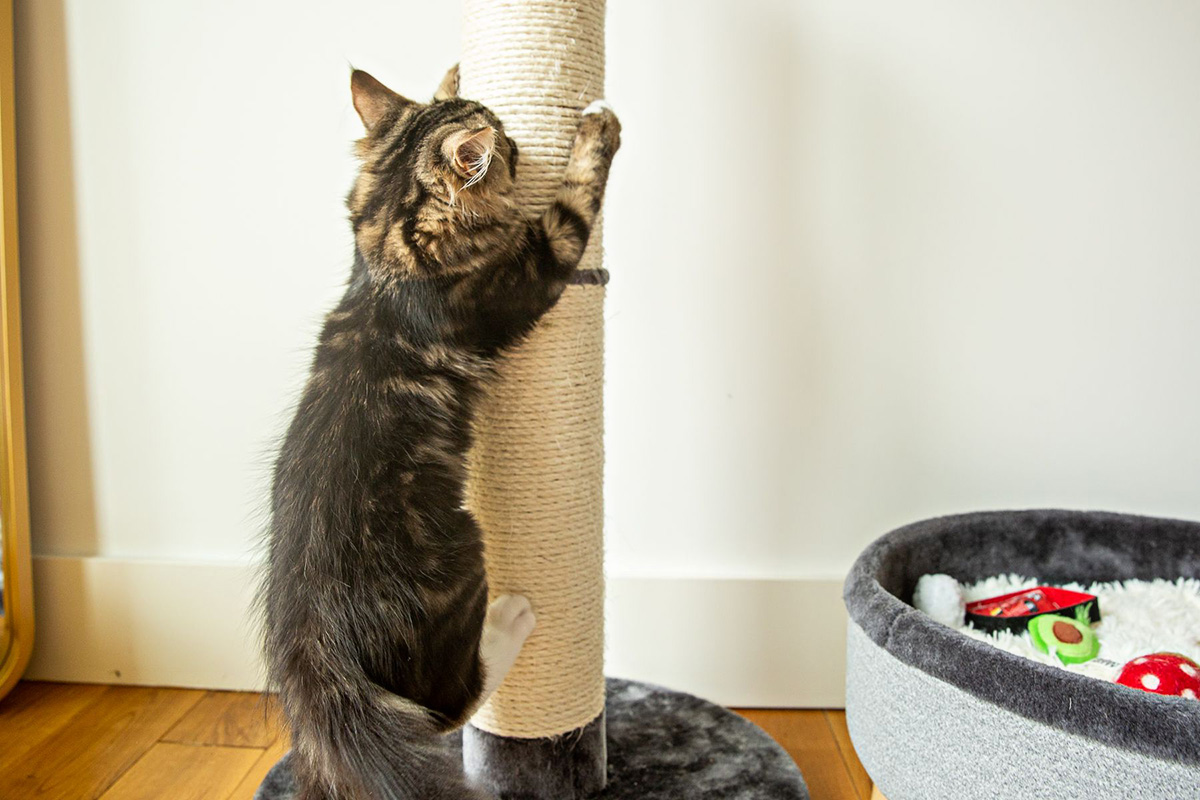

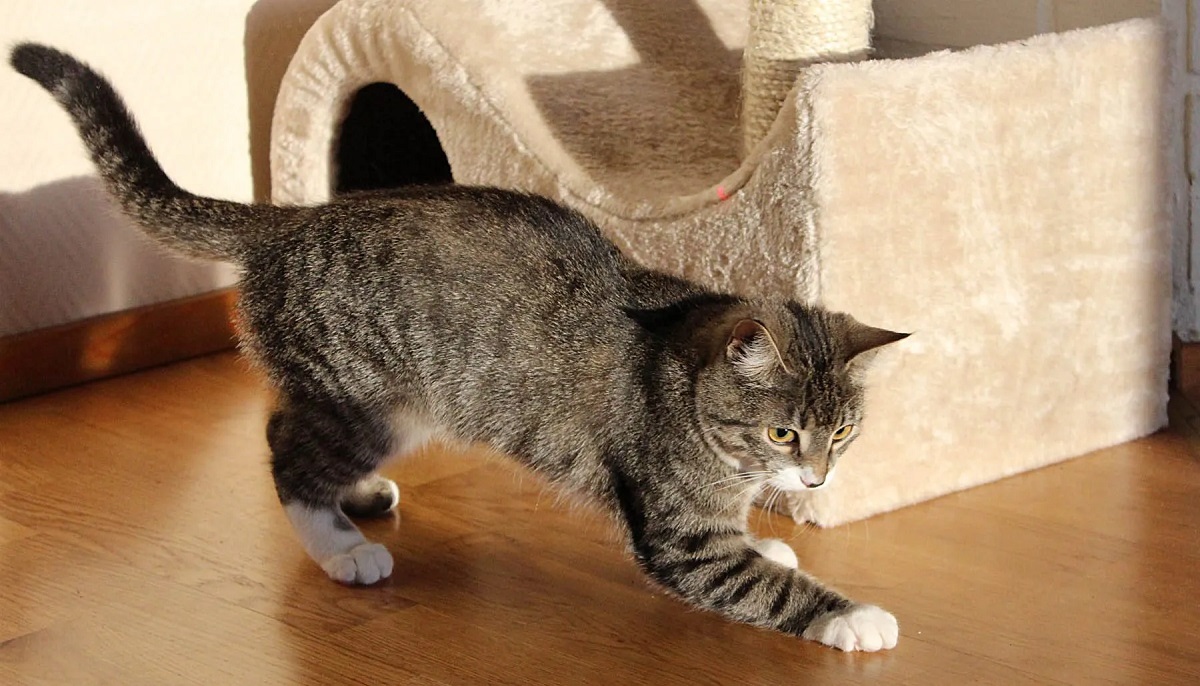
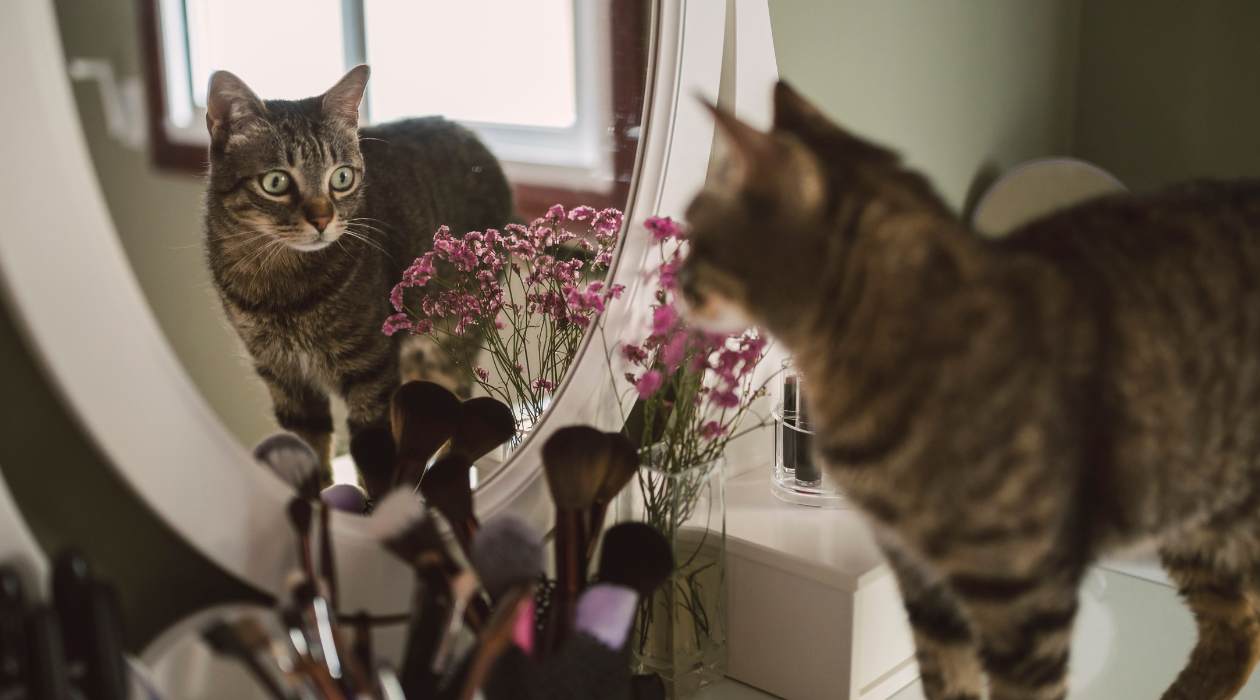

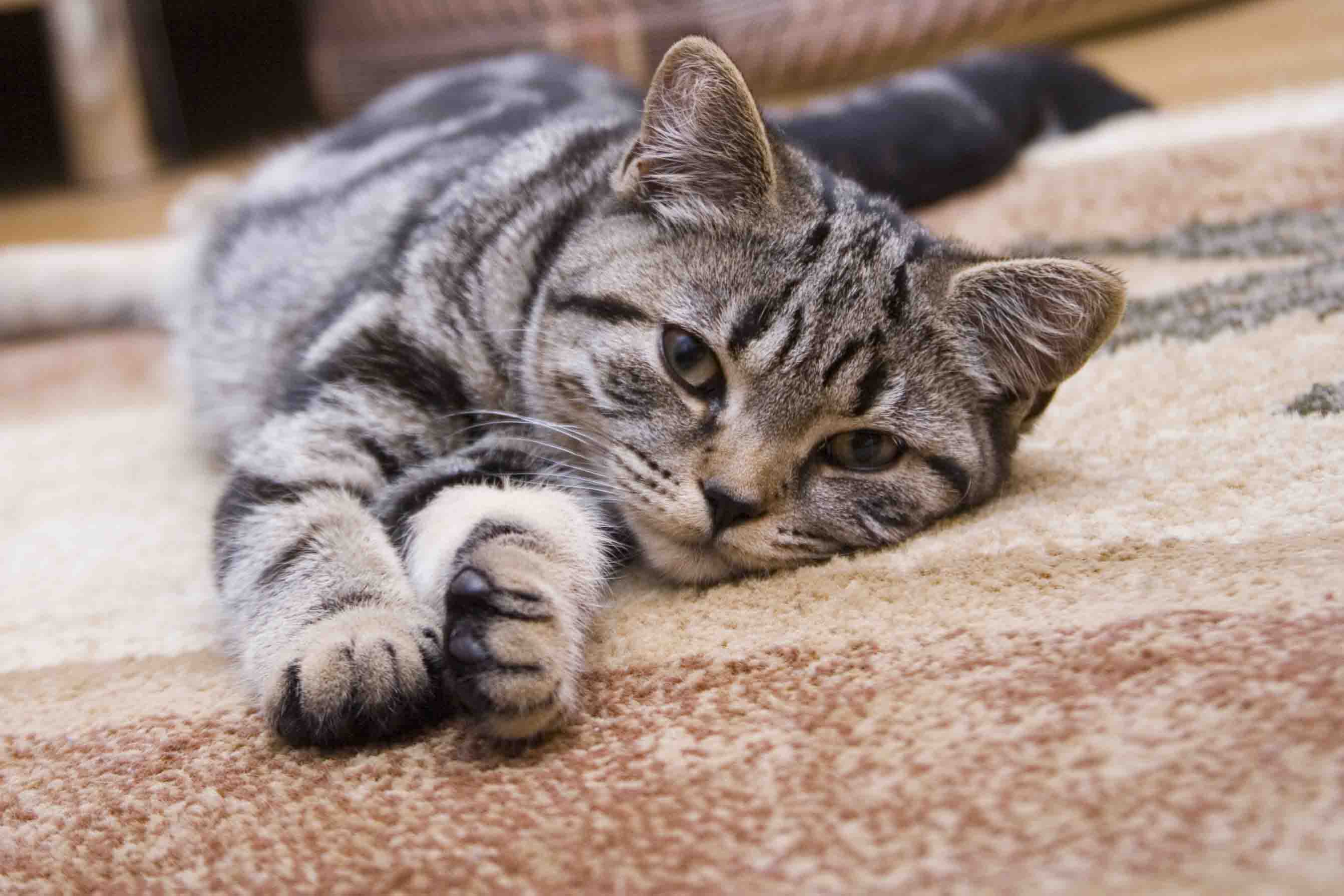
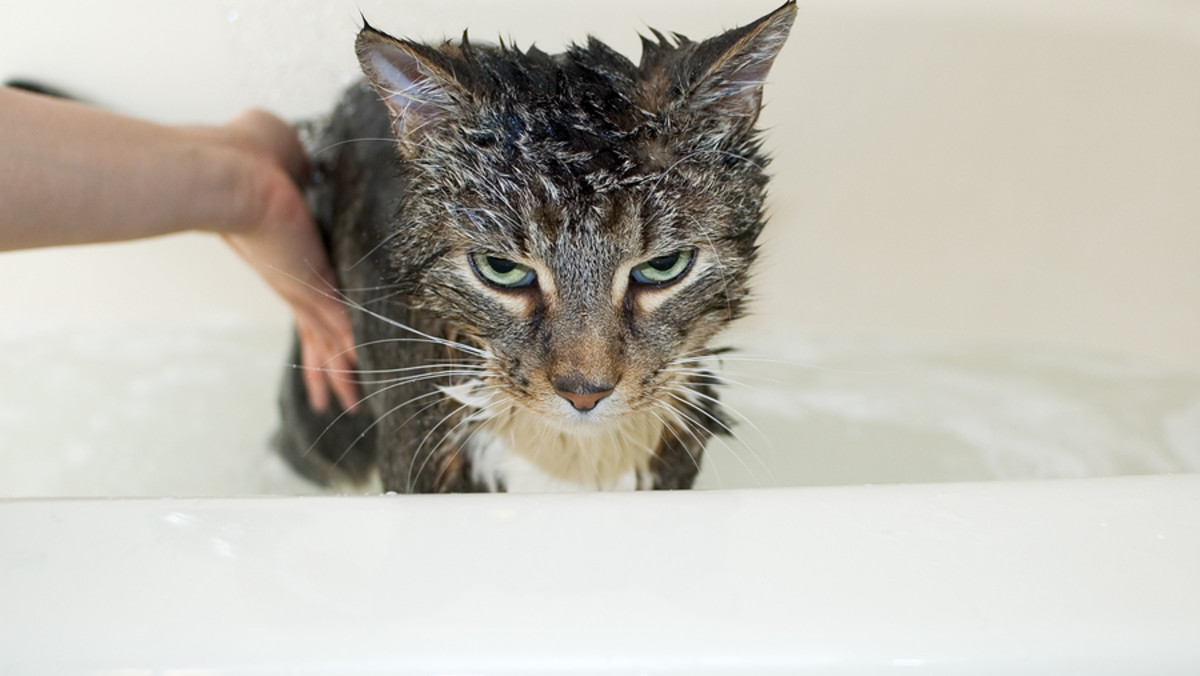
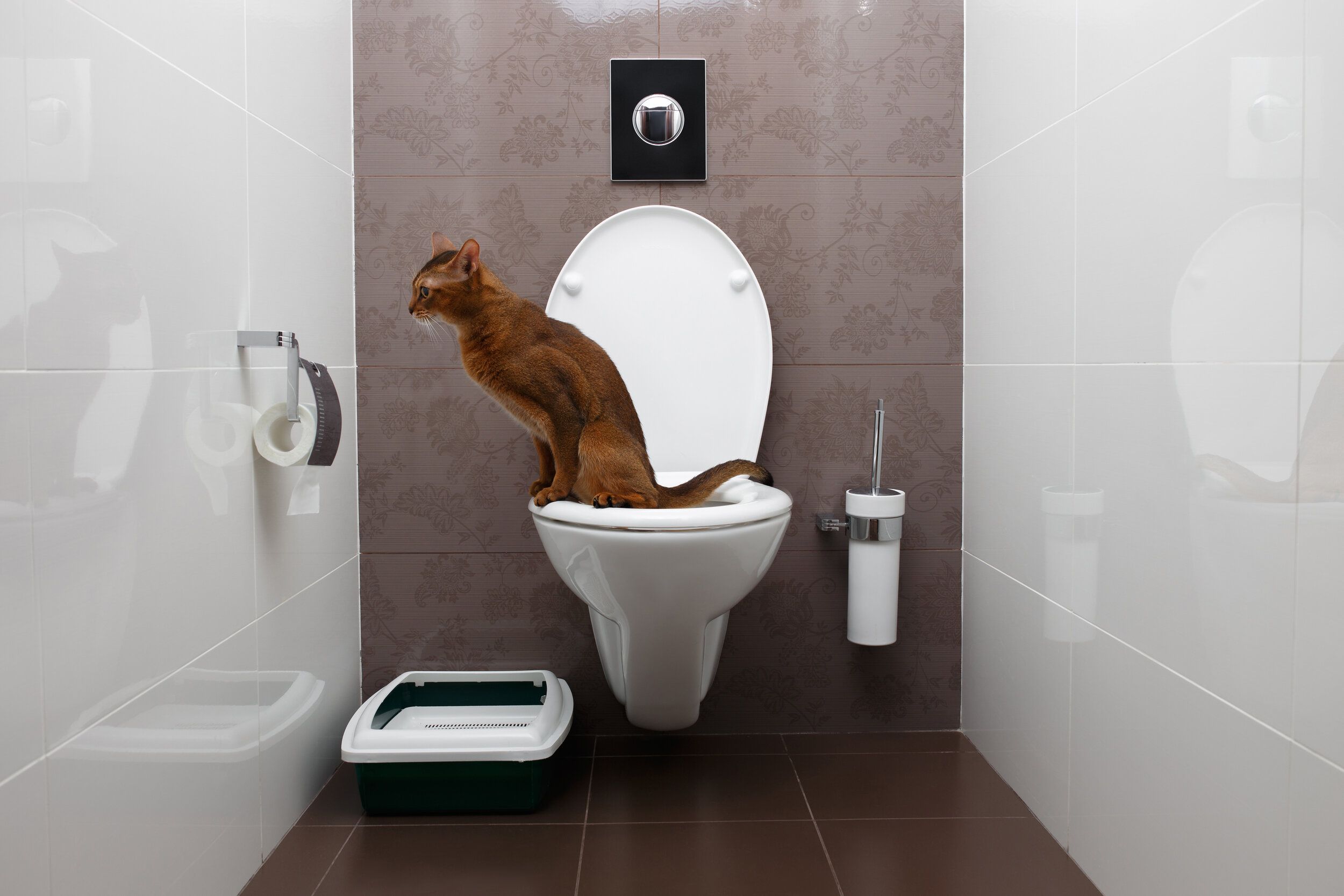
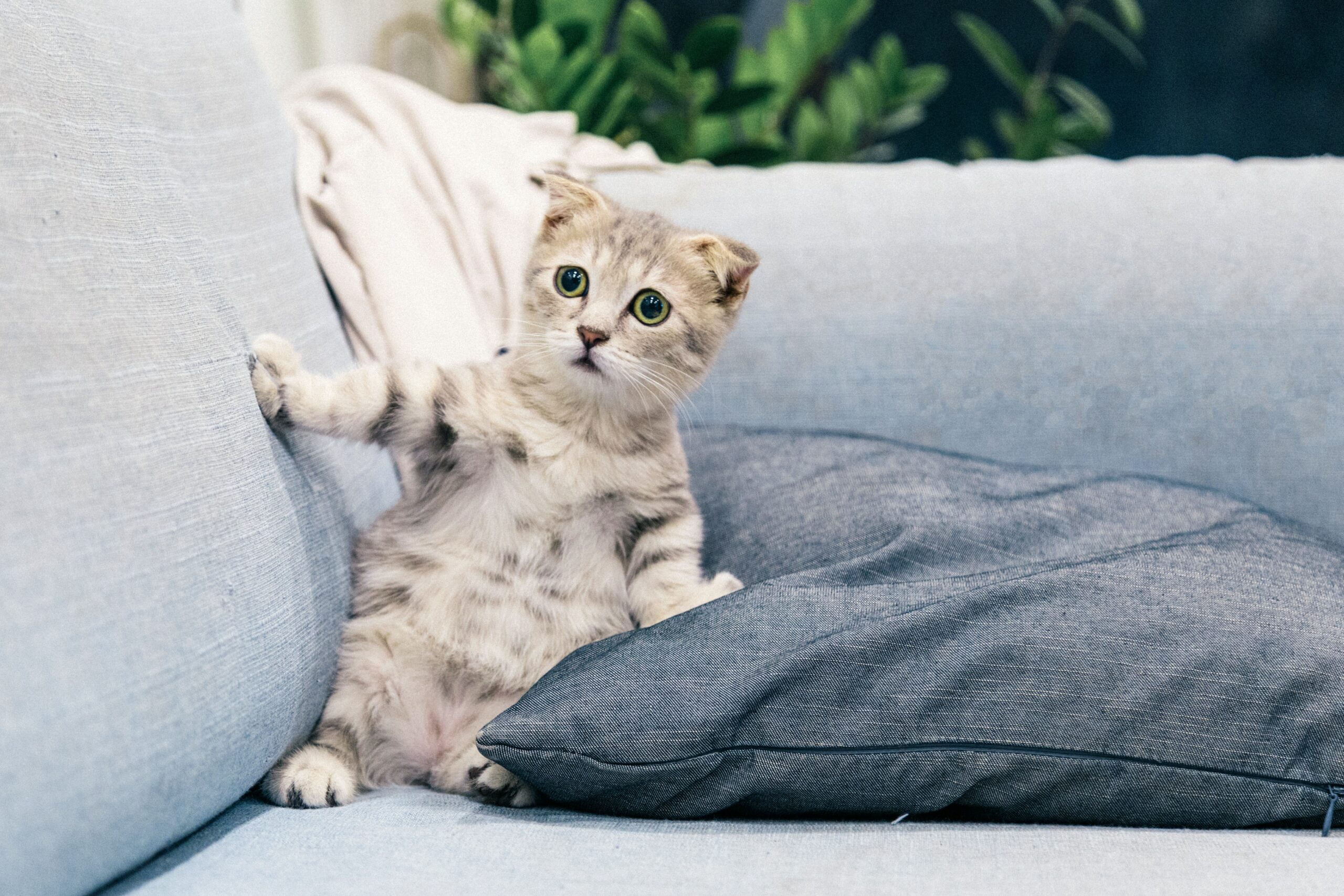
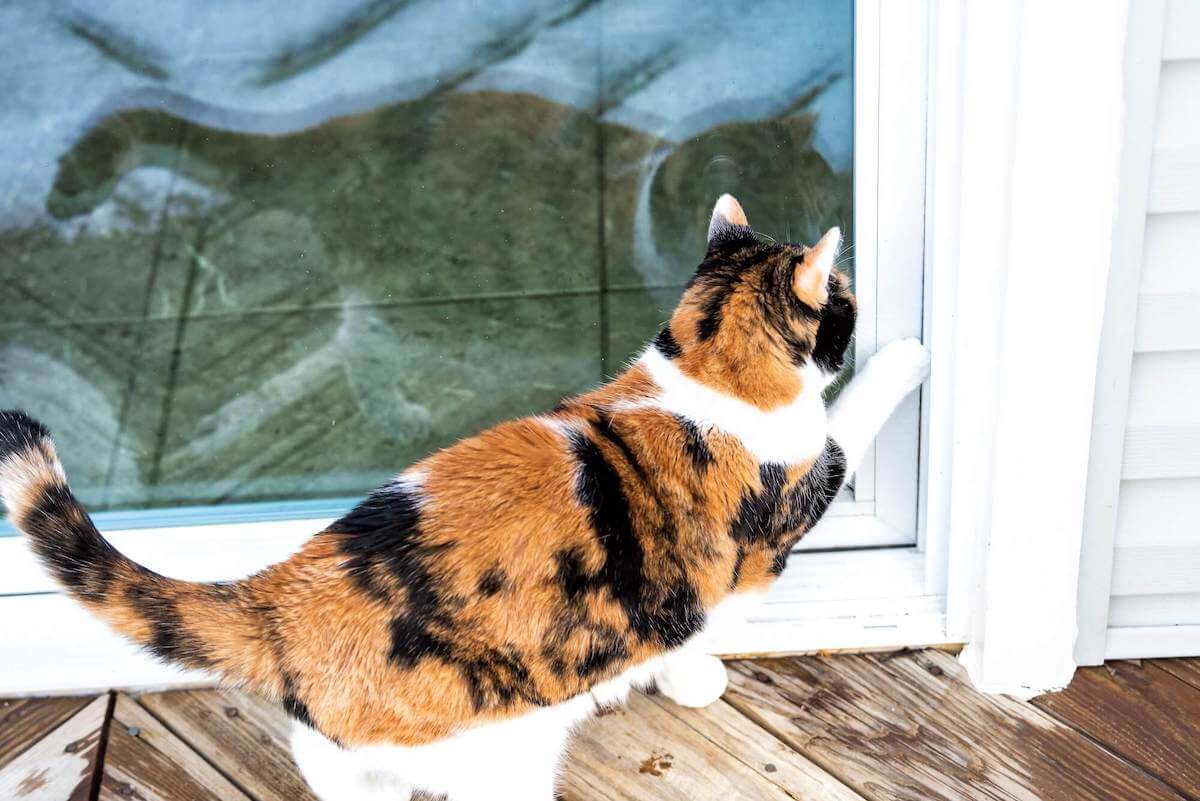
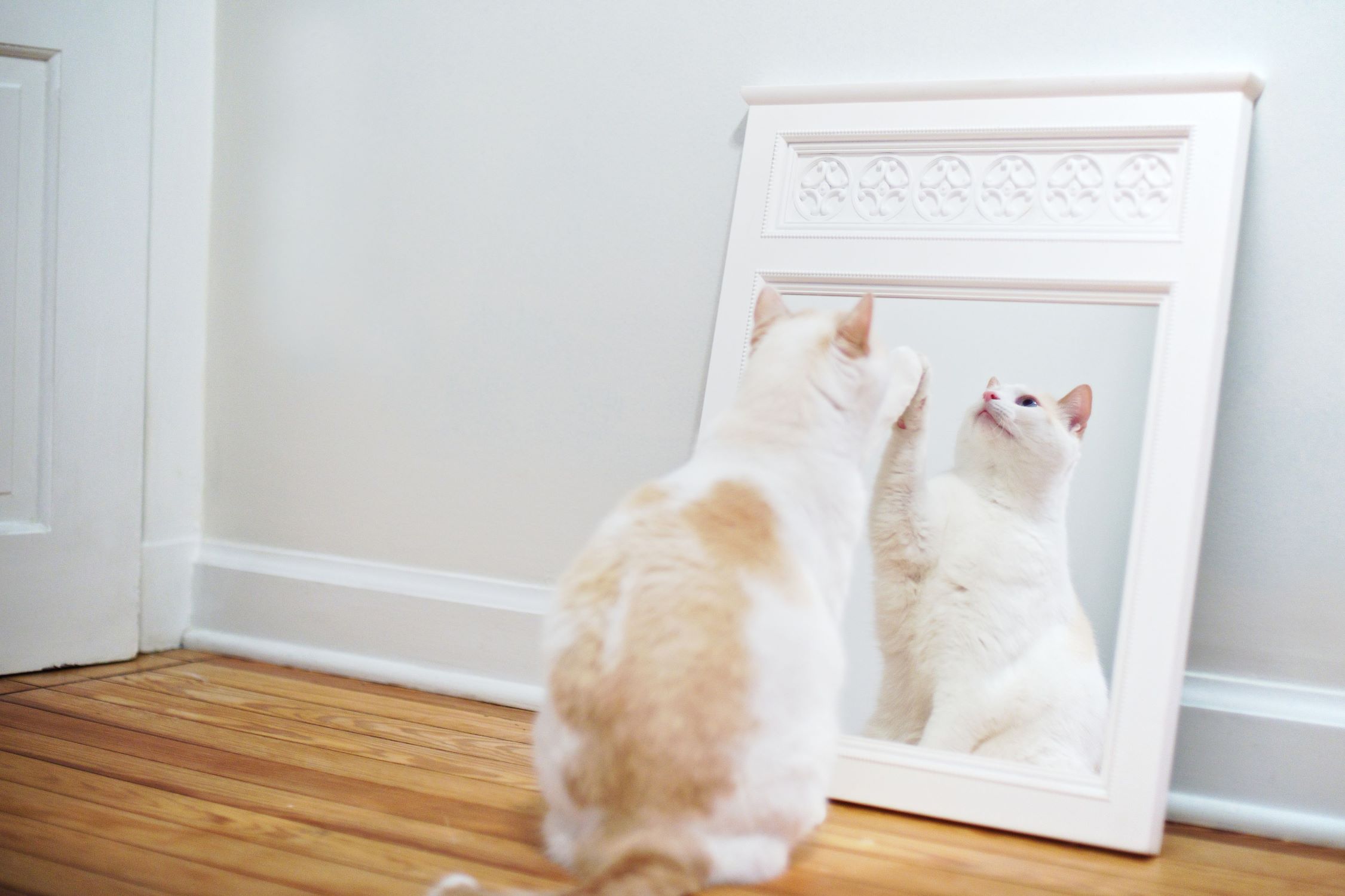
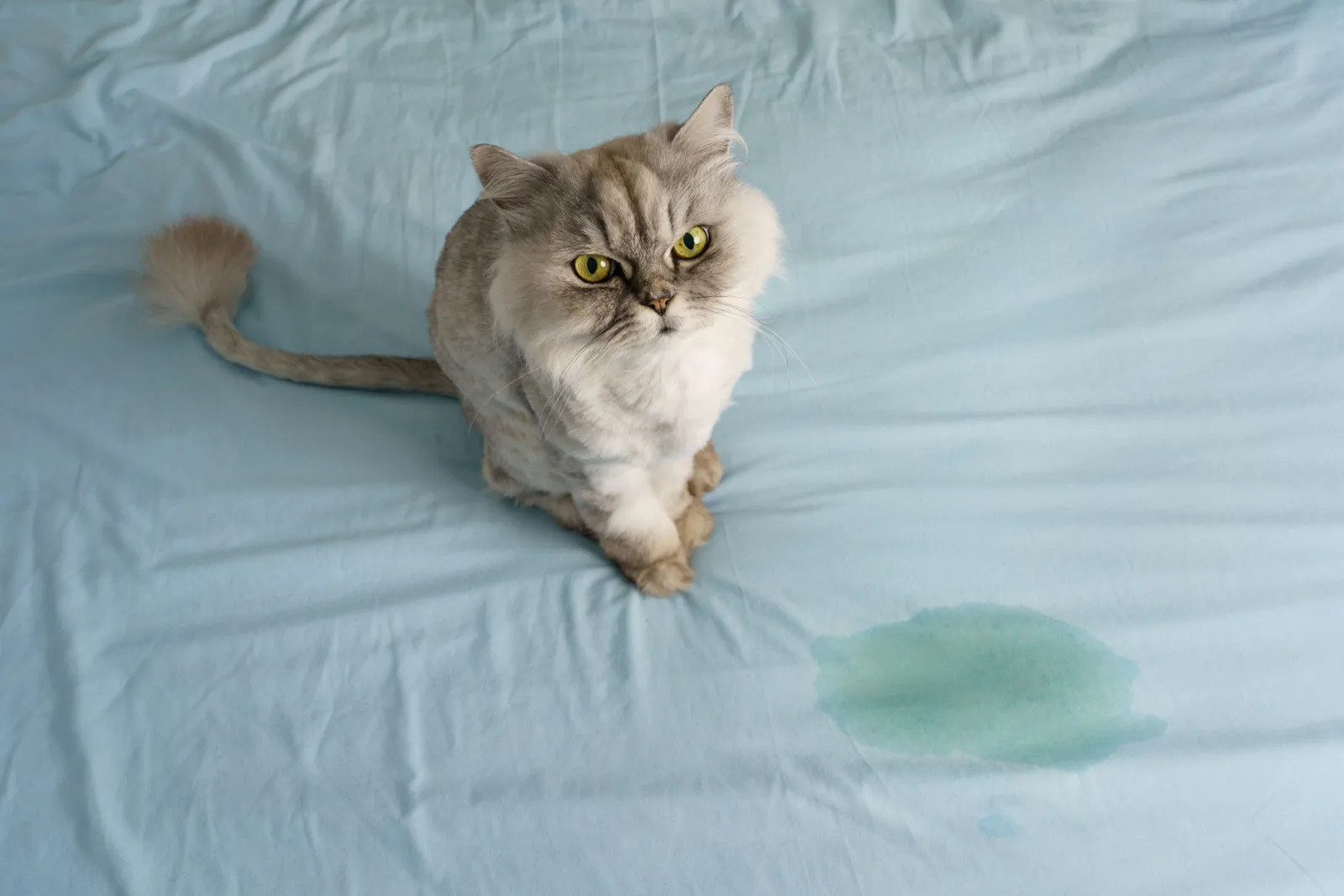

0 thoughts on “How To Train Cats To Not Scratch Furniture”